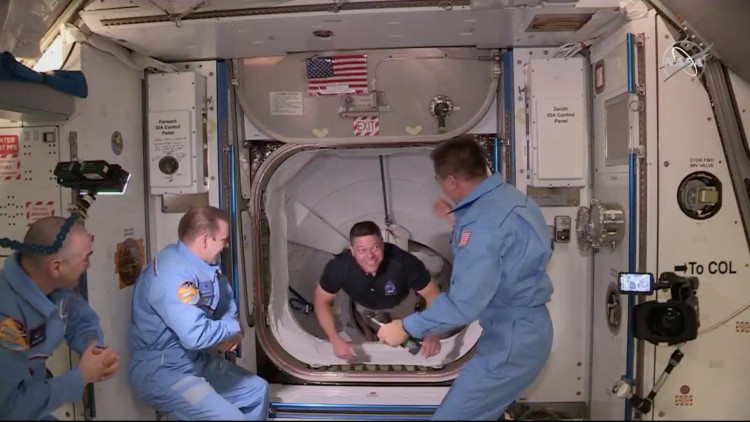For the first time in history, a human being successfully bioengineered human cartilage tissue in space. This incredible feat was achieved by a cosmonaut aboard the International Space Station, whose study has since been published in the journal Science Advances.
Cosmonaut Oleg Kononenko in 2018 used a machine called the Bioprinter Organ.Aut, which uses a magnetic field to assemble cartilage cells in space. The experiment was performed in the Russian segment of the ISS during Expedition 58/59, with the results of the experiment published only on July 15.
What pushed for the experiment to transpire was the fact that crews in space traveling for long periods will have to be self-reliant, especially when the destination gets farther. In the future, the bioprinter used might be able to help a crewmember replace a body part while still in space, according to the researchers. It's also possible that this printer will be able to produce food for humans on Mars.
The experiment's magnetic levitational bioassembly approach was invented by Utkan Demirci, co-director of the Canary Center for Cancer Early Detection at the Stanford University School of Medicine. This method makes it possible for cells to be sewn together into tissue by way of a machine that produces a magnetic field. This way, cells won't be needing scaffolds to build tissue.
A scaffold in a building helps support work done on a larger structure. In the same manner, bioassembly scaffolds are materials (artificial or natural) upon which organic tissue is grown.
In an email sent to Space.com, Demirci said that the new experiment shows the potential of utilizing magnetic fields so as to not rely on scaffolds. By using two opposing magnetics close to each other, force is generated in order for the cells to be pushed towards each other like "pebbles being pushed around by the waves on the beach."
"Magnetic waves or fields are controlled so we can move the cells where we want them to go [to assemble] them into more complex structures of tissue constructs," Demirci wrote.
Cells assembling by themselves without the assistance of scaffolds could pave the way for further development of space regenerative medicine, which is critical for the future of space exploration. Demirci also noted the possibility of this tech's application on Earth, saying it could lead to interesting discoveries in cancer biology and other diseases.
You can read all about the experiment here.




